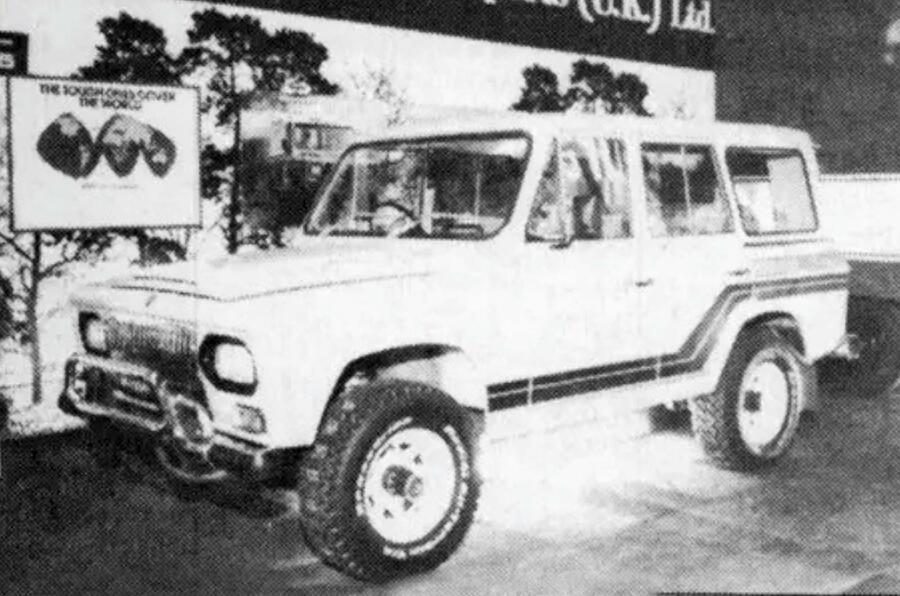Renault offered the innovative 16 as an alternative, but the party deemed this too pricey. So the factory would have to start off making the older, rear-engined 8.
It was renamed the Dacia 1100 (Dacia was the name of Romania in antiquity), and efforts would be made to localise its supply chain.
The very first 1100 was driven off the line by Ceausescu in August 1968, and a year later it was joined by a rebadged 12, the Dacia 1300 – and Mioveni also started making parts for Renault.
From around 30% initially, local content would rise to 100% through the 1970s. Production totalled about 20,000 cars annually, many of them exported to France.
Such was Dacia’s success that in 1973 the party asked Renault about adding a smaller, more frugal car (the new 5, we would imagine) – but the answer was no. So instead it partnered Citroën, creating the Oltcit brand.
A new factory was built in Craiova, opening in 1981 with production of the new Visa and Club superminis – the latter developed from an old proposal for a 2CV successor and sold abroad as the Axel.
None of this was reported by Autocar when it happened, due to the obfuscation of the Iron Curtain and the lack of relevance to British drivers.
That changed in 1981 with an announcement by Yorkshire company Tudor Vehicle Imports. TVI had begun life two years prior importing 4x4s and commercial vehicles made by Romania’s ARO and TV firms, and now it was adding the Dacia 1300 saloon/estate to its dealerships.









